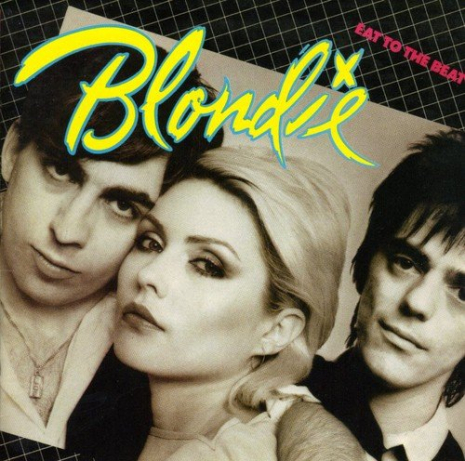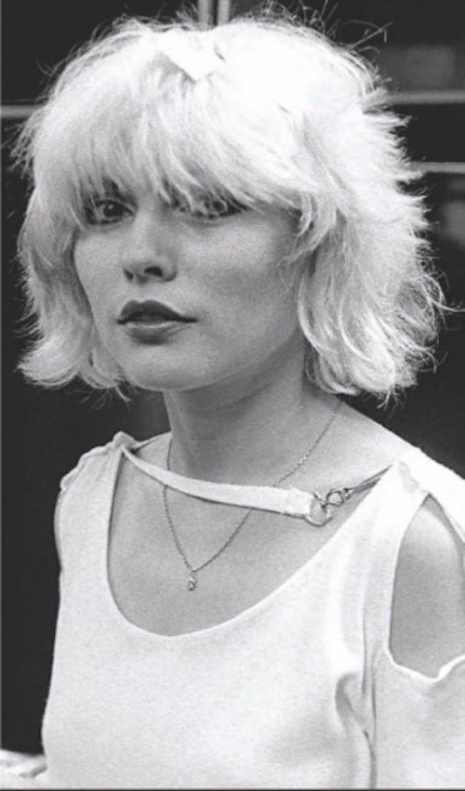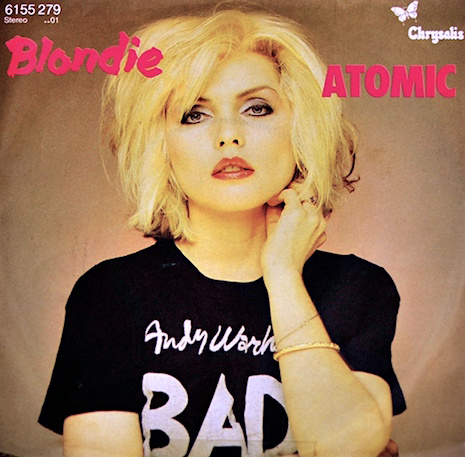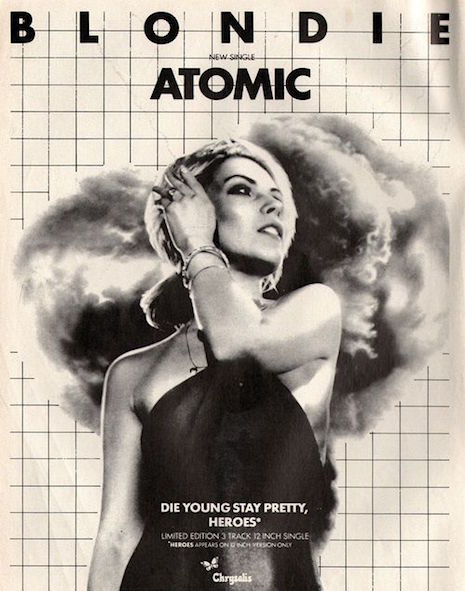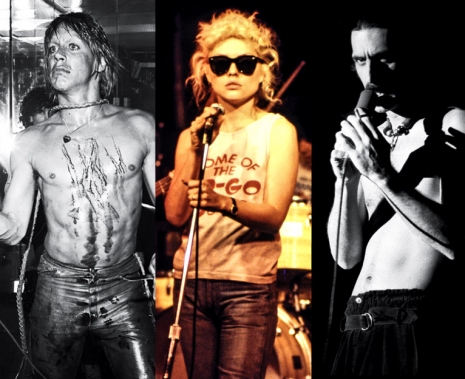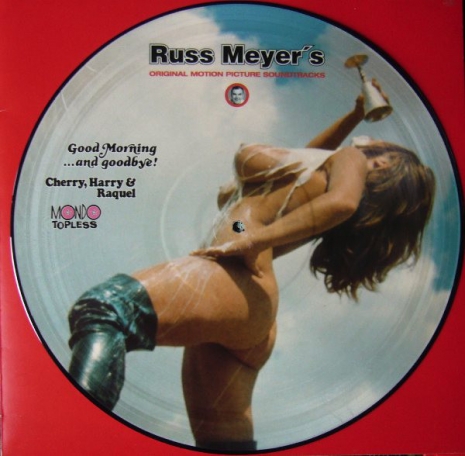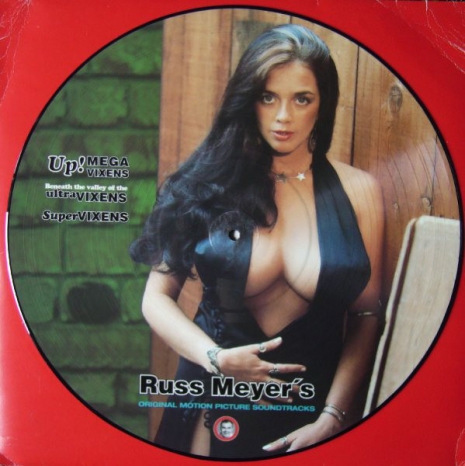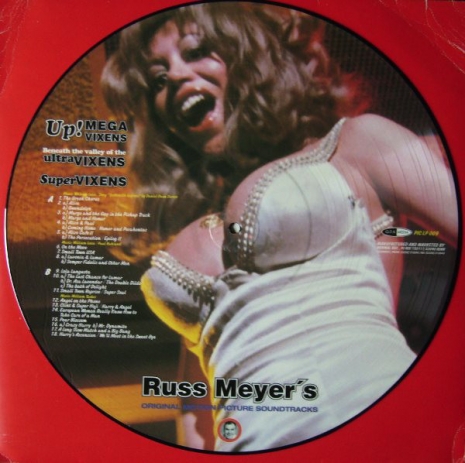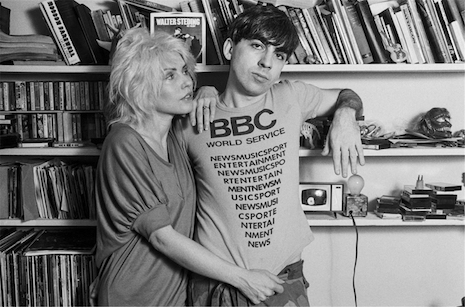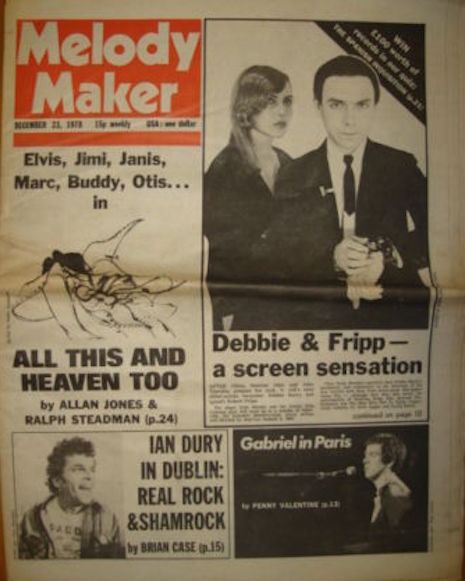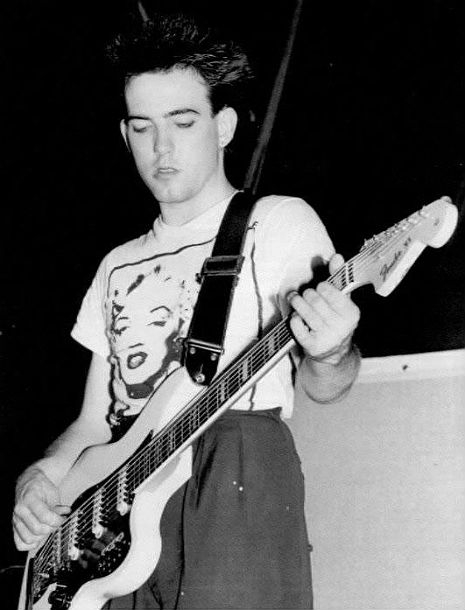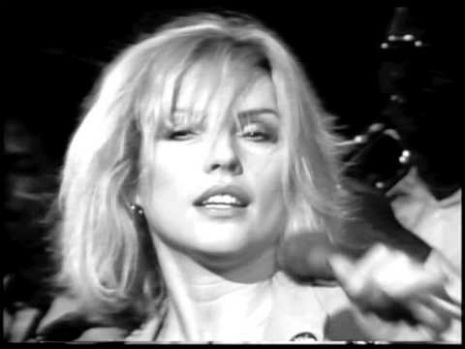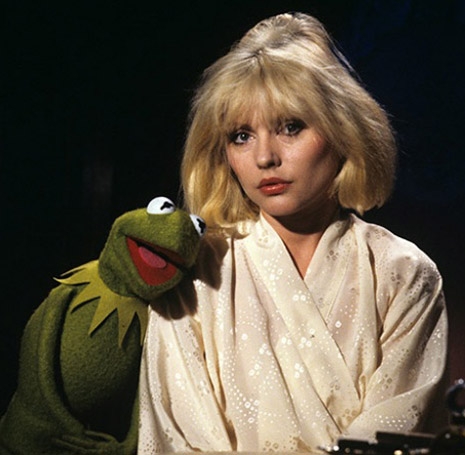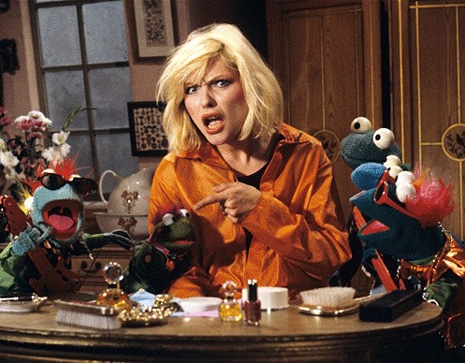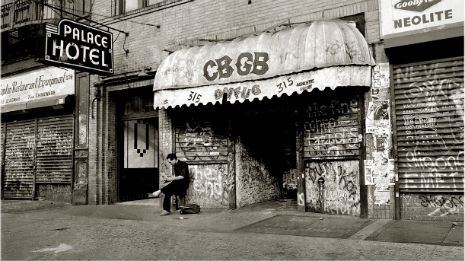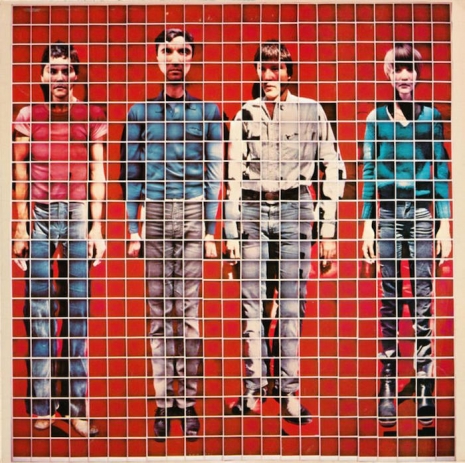
Forty-years-ago, like a gazillion other kids, I was smitten by the sounds of New Wave. The needle had worn out on punk and there was a need for a newer sound, a bigger sound to hit the decks. And lo, yea, there came unto the local record store, venue, and radio station, New Wave.
New Wave was really just a catchall term used/devised by NME writers like legendary scribe Charles Shaar Murray to describe a diverse range of bands who often had little in common other than their unique sound like the glorious Blondie and the pantomime horse of the Boomtown Rats. By this definition, New Wave bands weren’t considered quite punk though they may have been inspired by punk, or indeed, were in fact maybe just a little bit punk, or even garage, but were at the time only just coming to the attention of a bigger, far more appreciative audience circa 1978.
So, there I was, dear reader, a young teen living with his parents in a two-up/two-down in the nether regions of Scotland’s capital. Of course, you have to remember, we Scots were still in our penitent sack cloth and ashes for the ignominy inflicted on the world under the name of tartan by the Bay City Rollers and nauseating bands like Slik who had the appeal of stale cold porridge on a hangover morning. Only the Rezillos had pointed the way to a new Eden—though few Scots were actually paying attention. And then, lest we forget, the UK charts were hideously blistered by pustules of horror like Brian and Michael (“Matchstalk Men and Matchstalk Cats and Dogs”), the Brotherhood of Man (”Figaro”), and John Travolta and Olivia Newton-John, all of whom made the #1 spot with last duo staying there for a staggering nine weeks with “You’re the One that I Want.” This was the music, the audio track against which New Wave competed and why, for many, New Wave offered a hope that everything wasn’t Andy Gibb, Father Abraham and the Smurfs, or even on the march with Andy Cameron and “Ally’s Tartan Army.”
In the UK, there was an anger and an edge to the native New Wave sound from bands like the Jam, Elvis Costello and the Attractions, and 2Tone’s the Specials, most of which stemmed from the political failings of the Left who were then running the country. Mass unemployment, a devalued currency, high taxes, IMF loans, endless strikes, and urban deprivation inspired high musical passions. These youngsters wanted change—-but into what? as the only alternative to the Labour government was the Conservatives Margaret Thatcher, and even then, there were those who knew how that would end. These bands were fine, but one can only keep that level of anger up for so long without recourse to beta blockers or an unenviable sense of ennui.
Therefore, dear reader, like gazillions of other kids, I was very quickly smitten by the sounds of bands lumped together under the heading of American New Wave—bands like Blondie and Talking Heads. Blondie was love at first sight. Talking Heads was love from the second album More Songs About Buildings and Food on. Not that I didn’t like their first album Talking Heads: ‘77, it was just I didn’t hear it until after I’d bought the second.
Unlike UK New Wave, Talking Heads and Blondie wrote songs that were clever, smart, ironic, and coded with a delightful upbeat tempo and a scintillating charm. Let’s be honest, if ever given the choice of being trapped in an elevator for hours on end with Tina Weymouth and Chris Frantz or Joe Strummer and Sham 69, I know who I’d rather choose…the former, obviously.
Talking Heads formed in 1975 around the triumvirate of David Byrne, Chris Frantz, and Tina Weymouth. Byrne and Frantz had previously had a band called the Artistics. Weymouth drove the boys to-and-from gigs. Needing a bass player, Byrne and Frantz asked Weymouth to join the band—admirably so, indeed, Weymouth is one of the great unsung heroes of modern music. The Talking Heads played their first gig as support to the Ramones at CBGB’s in June 1975. Two years later, Jerry Harrison, ex-Jonathan Richmond’s band Modern Lovers, added his considerable talents and the Talking Heads were complete.
More after the jump…
